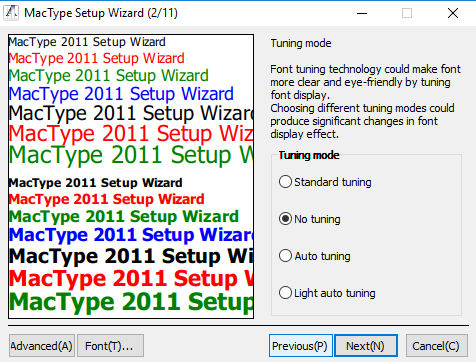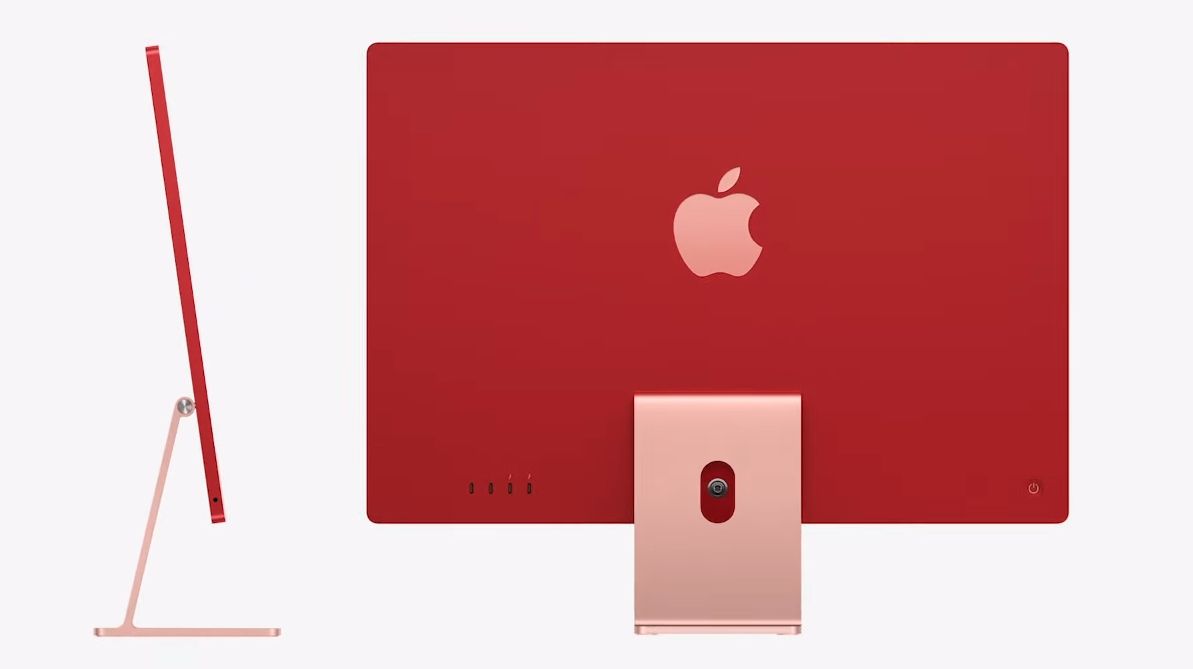

For Verdana and other problem fonts, just replace them with OpenType versions. Arial is a reasonable replacement for the Helveticas. Monotype Sorts is a reasonable replacement for Zapf Dingbats, with many similar glyphs. My suggestion is to bite the bullet (so to speak) and replace the fonts in those documents as you open them. Therefore, none of the glyphs are in their original locations within the font!) (In the case of Zapf Dingbats, when it was converted from PostScript or TrueType to OpenType format, the glyphs had to be completely remapped from their original two-dimensional, 256-character grid to Unicode’s multi-dimensional character grid.
#Get different fonts for mac mac os
In the strictest sense, this is true because these fonts were significantly changed from Mac OS 9 to Mac OS X.
#Get different fonts for mac mac os x
If you’ve opened a document in Mac OS X that was created on a pre-Mac OS X system, and the document uses fonts such as Zapf Dingbats, Helvetica, Helvetica Narrow, Helvetica Neue, Verdana, or several common early fonts from Adobe, your application may complain that they’re “missing”. Many people are probably still handling documents created before the Mac OS went Unix. Ten years into OS X, the intra-Mac problem may come up less and less. When you use an OpenType font on Mac or Windows, it’s the exact same font file, so there can be no difference. I recommend only OpenType fonts for cross-platform use, as there are quite a few PostScript and TrueType fonts that have the same name and are from the same foundries, but have slightly different letterspacing between Mac and Windows versions. Those fonts are exactly the same as yours, right down to their foundries, version numbers, and format (PostScript, TrueType, or OpenType).

Your recipients have installed the same fonts that you’re using.Ģ. If your application’s font menu breaks out Arial into its four styles, and you want to be sure your document retains its formatting on Windows, always choose the base style (Arial) and then apply your Bold or Italic formatting through the application’s Style buttons, or by using these keyboard shortcuts:ġ. This is vital to remember when creating documents on a Mac. In fact, the separate styles do not appear anywhere in the font menus in many Windows applications-that’s why they may be listed as “missing” when your Mac document is opened on Windows.įonts available on both Mac OS X and Windows.

In other words, if you want to use Arial Bold, you must first apply Arial and then press the Bold button in your application, or use the keyboard shortcut for Bold (in this case, Command-Shift-B or Command-B). This made it convenient to place a font-handling requirement into Windows: if a font family has links among its styles, you must access them through buttons or keyboard shortcuts.


 0 kommentar(er)
0 kommentar(er)
